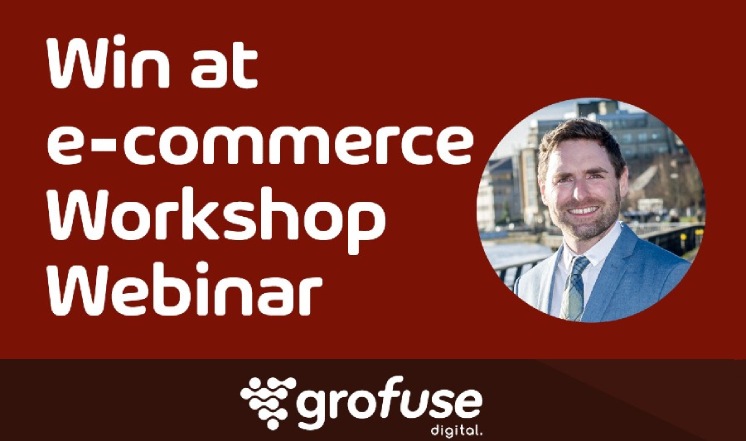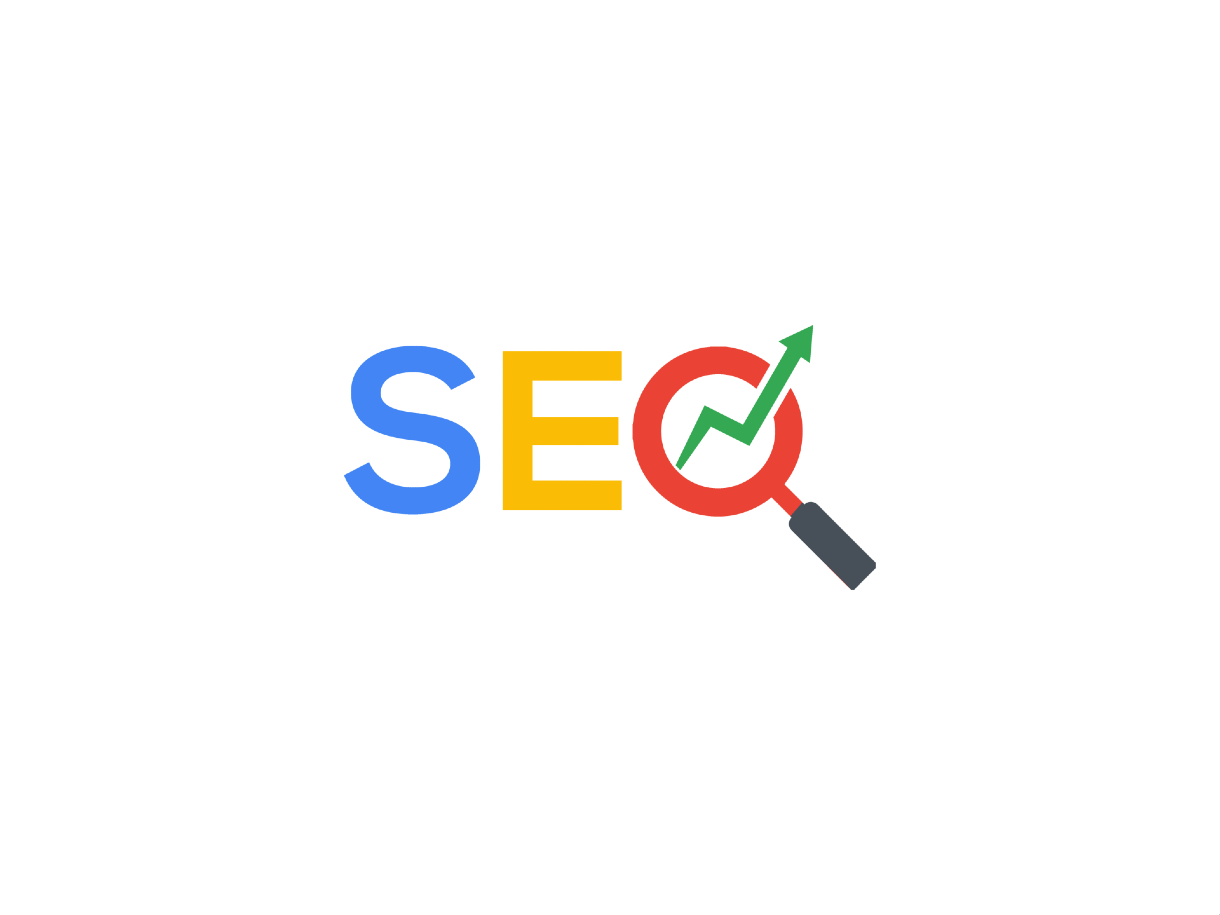Grofuse News
Get the latest insights from our specialists, read our client success stories and discover funding opportunities for your digital growth.
How Will The Apple iOS 14 Update Impact Your Marketing Strategy?
The move is intended to help protect individuals’ privacy, but it will impact targeting audiences and personalising ads. The change will create limitations for businesses that use Facebook advertising for channels on iOS devices and those that drive business results through their website.
Covid-19 Online Retail Scheme’s New €5m Fund ‘A Great Boost’ For Irish Retailers
The release of the €5m latest round of the Covid-19 Online Retail Scheme is “a great boost for Irish retailers seeking to grow sales online in 2021”, says Grofuse Digital Director Denis Finnegan.
Google Analytics 4 What Is It And What’s New?
Google Analytics 4 is a new take on tracking recently released by Google. Grofuse explains how GA4 is different from Universal Analytics and what's new.
IR35 Website For Contractors
Do you want to legally prove you are an independent worker to reduce the risk of paying increased tax – all while marketing and promoting your business? View our website packages designed for contractors to meet IR35 obligations.
Grofuse Receives National Recognition For Significant Business Growth
From Surviving To Thriving, Going Digital Has Been A Lifeline [...]
Win At E-commerce Webinar
This webinar is for e-commerce store owners, managers, or for any person interested in selling online. You will be shown how to review your analytics data to make better decisions, increase online revenue, conversion rates and improve results for long term growth.
What Contributes To Slow Website Loading Speed?
The Importance Of A Fast Website Explained A slow-loading website [...]
Why High Quality Targeted Website Traffic Using PPC Is More Effective For Inbound Marketing Campaign
Below are four key reasons why it is more important to focus on quality over quantity when it comes to your website traffic digital strategies. Higher ROI (Return On Investment), Accurate Data,
‘Effective SEO to win more customers’ workshop
Grofuse is inviting business leaders to a Search Engine [...]
Grofuse strategy surges client’s sales by 200%
Amid the impact Covid-19 has had on many businesses, clients of Grofuse have continued to grow with our help. With a lot of uncertainty at the moment, it is uplifting to hear a good news story and see the businesses we work with flourish.
Digital transformation will save businesses beyond coronavirus crisis
Given the devastating economic impact of coronavirus, it is crucial to focus on what businesses still have leverage on - their digital presence.
Grofuse client’s revenue rises 6% as strategy is re-evaluated for the changed business landscape
During this period of chaos and uncertainty, it is important to audit and re-evaluate your paid advertising strategy to reflect the transformed business landscape.
Bounce rate is a digital marketing term used in website traffic analysis. This is defined as when a website user immediately leaves a webpage without taking any action. This can negatively affect your rankings, as it may suggest to search engines that your content is not of high-quality.
This terminology is used in Pay Per Click (PPC) advertising. ‘Negative keywords’ prevent advertisements from displaying certain keyword phrases. By preventing your ad from showing on irrelevant searches, money is saved on wasted clicks and opportunities are improved for increased conversions.
Google Analytics provides the information needed to help you improve your business strategy, discovering behavioural patterns you probably never knew about visitors on your site. Whether you have an e-commerce site or an informative site, you want to understand the behaviour of your visitors to deliver better results.
Backlinks are important because they signal to Google that another resource finds your content valuable enough to link to it within their own content. As a website gains more backlinks, search engines such as Google recognise that the website possesses valuable content worth ranking well on the search engine results page.
Whether your business is taking advantage of it or not, social media has forever changed how consumers communicate with companies and vice versa. Being accessible to your customers – and potential clients – via social media is vital for developing relationships with them and helping them through the sales funnel or creating brand awareness.
It’s important to remember that content marketing is just one step in the conversion funnel.
Through a combination of SEO, content marketing, social media marketing, outreach, email marketing, and website design, prospective customers are led to converting.
Content marketing is vital in the conversion process since each page of your website and each informative blog post plays a role in convincing visitors to buy. Create different content with each step of the conversion funnel in mind and don’t forget to include a call to action.
Conversion optimisation is the process of increasing the number of website visitors that convert into active customers. By improving your website’s user experience, users are more likely to complete the desired action on your webpage, whether purchasing a product or signing up for your newsletter.
The best way to improve user experience is by removing unnecessary content that may slow your site down includes providing live support and adding testimonials.
Yes, both are essential for your Google rankings. User interface is the technical side of SEO, while the way the user navigates through the site (UX) influences essential metrics, such as bounce rate, time on page, and click-through rates. Google takes all of these factors into consideration when ranking pages.
The Core Web Vitals strongly impact the way that users interact with your website. Google is becoming increasingly focused on user experience, which means websites need to do the same. Core Web Vitals identify user experience issues by generating a metric for three key areas of user experience, including:
- Page loading performance
- Ease of interaction
- Visual stability of a page from a user’s perspective
Additional metrics Google analyses are whether your website is mobile-friendly and provides safe browsing and non-intrusive content such as pop-ups and ads.
Keywords are the words and phrases that searchers type – usually on a search engine. These are the words that we use when looking for pages, images, videos, blogs or any kind of information on the web. These keywords need to be strategically inserted into your pages and content to increase your visibility on the search engines results page.
Google Tag Manager (GTM) is a tool which provides a user-friendly interface to implement tags and pixels on your website, such as Facebook pixels or AdWords conversion tracking. By using GTM you can implement a wide variety of coding scripts, tags and code snippets that you would otherwise need to install on your website. GTM makes implementing and changing tags easier since they are all stored in one place.
With GTM, you can track a number of actions on your website, such as clicks on the menu, clicks on call-to-action (CTA) buttons or form completions. You can see similar data with Google Analytics, but it is not as detailed as the data from GTM.
There are many contributing factors as to why you may not be able to see your ads on Google. These include:
1. Geotargeting
Your ads might not show because you are searching from outside the geographic area your ad is targeting.
2. Your bid is too low
PPC campaigns are a search auction – you are likely competing for ad space with a number of other companies for the same keywords with a bidding budget that is too low.
3. Ad scheduling
When setting up your PPC campaigns, you have the option to define and set your ad scheduling. Your scheduled ad may not be running yet or it may already be complete but the end date that you set.
4. Budget constraints
With PPC campaigns, you are charged a cost per click (CPC). Each time someone clicks on your ad, this will be deducted from your daily budget – you may have already received enough clicks and spent your budget.
5. Platform bidding
On Google, you have the option to advertise to users on particular platforms they are using such as desktop, mobiles or tablets. You may have set up the campaign to target just desktop or just mobile searchers and have excluded the other variations.
6. Disapproved ads
Google has a number of advertising policies that you must adhere to. If your ads do not satisfy these requirements, your ads will be disapproved.
7. Negative keywords
In Adword campaigns, you can use negative keywords to ensure that your ads don’t show for keywords you know you don’t want to show ads for. Negative keywords tell Google not to show your ads whenever someone searches with a particular word.
8. Billing
Make sure to set alerts or check the billing/payments section if your ads are not showing. Sometimes there can be issues with your credit card or payment method, prompting Google to stop your ads from running.
9. Your campaigns just started
If you just pushed your campaigns live and you are not seeing your ads, you may just have to wait – it takes some time for Google to approve ads, keywords and other variables within your campaigns.




















